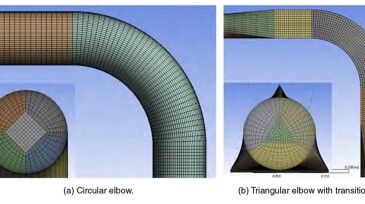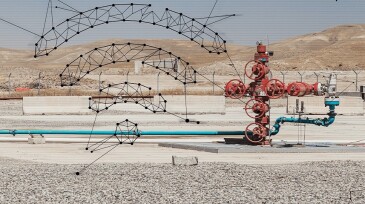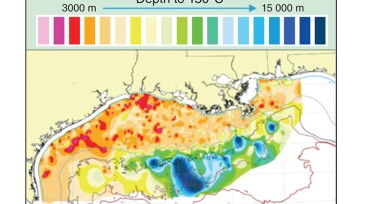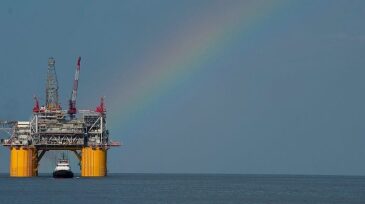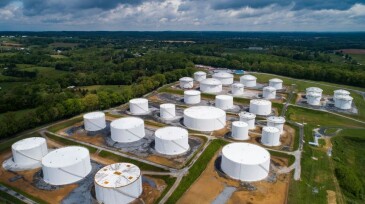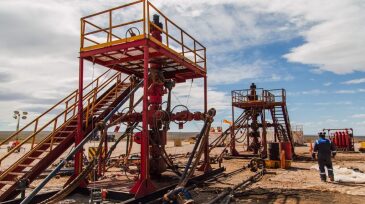pipelines
-
This paper presents a survey of air/water and air/water/sand flow through circular and triangular pipes to study potential effects of triangular pipe geometry.
-
The authors of this paper discuss a robust omniphobic surface treatment material shown to significantly reduce the adhesion of flow-assurance solids.
-
This paper presents software used to understand how foams can alleviate slugging in pipelines.
-
Hiber has announced a new service for oil and gas operators looking to upgrade their field assets through digital surveillance. The company’s new HiberHilo wired-to-wireless converter turns analog well and pipeline data into wireless signals.
-
This paper presents a summary of the results of a study of the potential for repurposing legacy oil and gas facilities in the Gulf of Mexico for uses in a blue economy.
-
Onshore flange repair allows several deepwater systems to resume production.
-
Companies now have 24 hours to report hacks and are poised to get more flexibility to design their defenses.
-
Bidding is open for a 563-km natural gas pipeline that will expand the country’s natural gas transport capacity by 25%.
-
The EU has voted to immediately ban Russian oil imports supplied by tanker, a two-thirds cut in deliveries, while member states aim for a 90% import shutdown by yearend when Germany and Poland have pledged to phase out their Russian pipeline supplies.
-
The high-pressure reinforced thermoplastic composite internal pipe is embedded with fiber optics for monitoring and detection of leaks.

